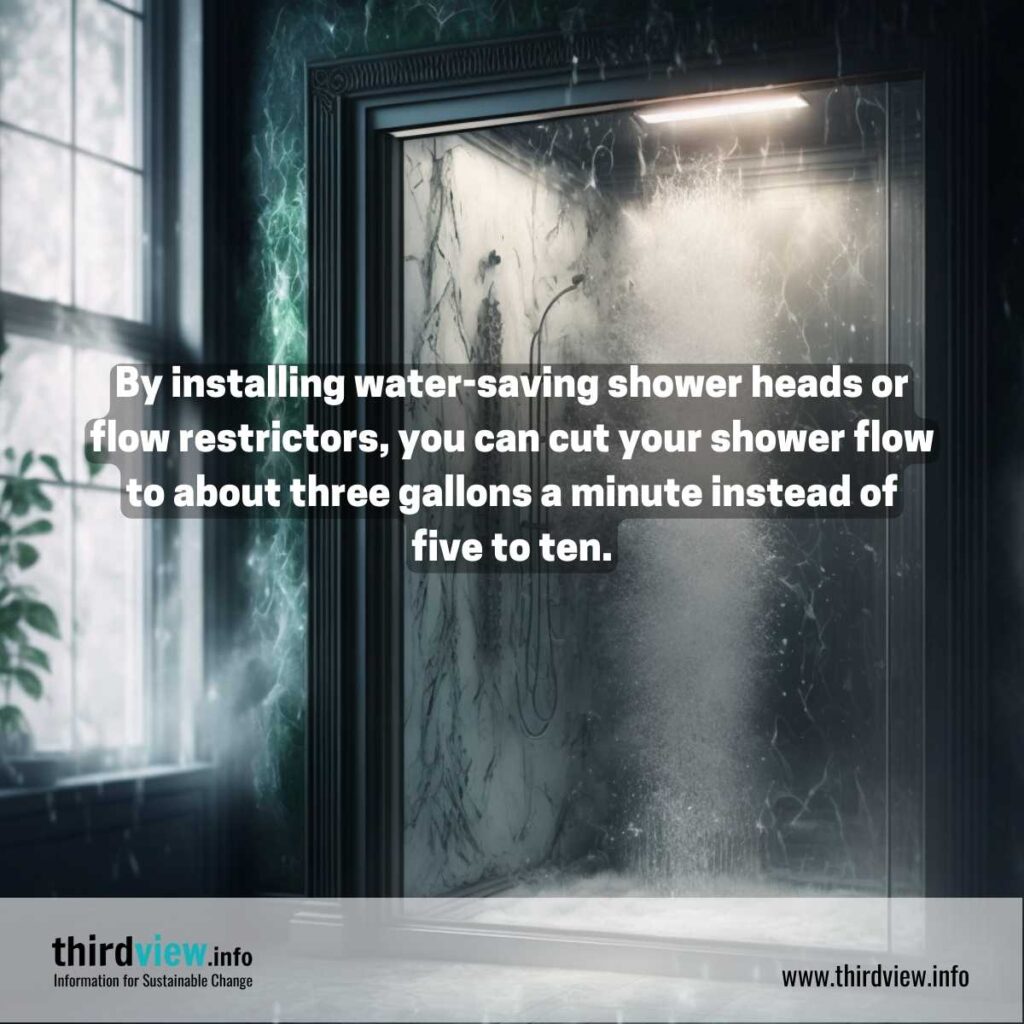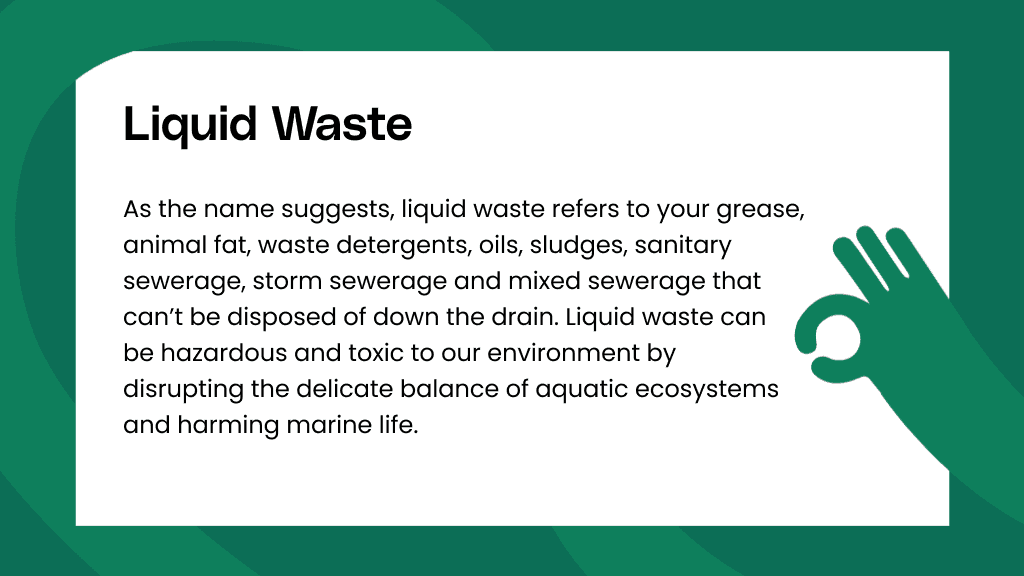Reclaim Waste Fundamentals Explained
Table of ContentsThe Reclaim Waste DiariesThe Greatest Guide To Reclaim WasteExcitement About Reclaim Waste10 Easy Facts About Reclaim Waste DescribedAbout Reclaim Waste
Check out the types, incidents, and types of liquid waste. Residential sewage waste describes the waste and products from a property sewage-disposal tank. This sort of waste is produced by humans in homes, institutions, and various other buildings. This only includes septic containers that have a drain area. The appropriate administration and disposal of domestic sewer waste call for liquid waste to be moved to a sewage therapy plant where the appropriate techniques and equipment are put on cleanse and take care of waste.
Industrial waste typically includes possible hazards, such as flammable materials or a mixture of liquid and strong waste items, and requires an advanced and comprehensive disposal procedure. The disposal of industrial waste typically includes the filtering of waste prior to transport to make sure risk-free and correct disposal. Industrial waste is created from results and runoff of industrial procedures and manufacturing.
This kind of waste can not make use of the same sewage management transport or procedures as septic or business liquids. The commercial waste management process needs the assessment and screening of fluid waste prior to it undergoes the disposal process (industrial wastewater treatment). Runoff waste is the liquid waste that originates from runoff and excess stormwater in very booming areas or cities
Overflow waste can create contamination and flooding if not dealt with appropriately. Ensuring correct waste administration can prevent calamities and decrease environmental injury.
6 Simple Techniques For Reclaim Waste
Contact PROS Solutions today to discover our waste monitoring and disposal services and the correct means to take care of the fluid waste you generate.
(http://tupalo.com/en/users/7813759)This so-called 'wastewater' is not just a crucial resource yet, after therapy, will certainly be released to our land, rivers or the sea. Made use of water from toilets, showers, bathrooms, kitchen sinks, washings and industrial processes is understood as wastewater.

water made use of to cool down machinery or tidy plant and equipment). Stormwater, a kind of wastewater, is overflow that flows from agricultural and metropolitan areas such as roofs, parks, gardens, roadways, courses and rain gutters right into stormwater drains pipes, after rainfall. Stormwater flows untreated directly to neighborhood creeks or rivers, ultimately getting to the sea.
The Basic Principles Of Reclaim Waste
In Queensland, the majority of wastewater is treated at sewage therapy plants. Wastewater is carried from residential or commercial websites via a system of sewage systems and pump terminals, called sewerage reticulation, to a sewer therapy plant. Neighborhood governments build, maintain and run most sewer treatment plants. Operators are certified under the Environmental Management Act 1994 to discharge treated wastewater at an acceptable environmental requirement into waterways.
The Division of Natural Resources encourages regional governments concerning handling, operating and maintaining sewage systems and treatment plants. In unsewered locations, city governments may call for owners to set up private or household sewer treatment systems to treat residential wastewater from bathrooms, kitchen areas, shower rooms and laundries. The Department of Natural Resources authorizes the usage of family systems when they are shown to be effective.
In some brand-new class, treatment of some stormwater you can try here to get rid of trash, sand and crushed rock has started utilizing gross toxin traps. Wastewater therapy occurs in 4 phases: Eliminates solid issue.
Wastewater after that moves into huge tanks where solids clear up and are gotten rid of as sludge. Grease and residue are skimmed from the surface area. Uses small living organisms referred to as micro-organisms to damage down and remove staying liquified wastes and fine fragments. Micro-organisms and wastes are incorporated in the sludge. Gets rid of nitrogen and phosphorus nutrients that might trigger algal blossoms in our waterways and threaten water life.
The Of Reclaim Waste
Nutrient elimination is not offered at all sewer therapy plants because it requires expensive specialised tools. Clear fluid effluent produced after treatment may still contain disease-causing micro-organisms - liquid waste removal melbourne.

Many wastewater flows into the sewage system. Under the Act, neighborhood governments provide approvals and permits for environmentally appropriate tasks (ERAs) involving wastewater releases that could have a local effect.
The Reclaim Waste Diaries
Or else, samples are considered lab evaluation. Often numerous tests are needed to establish the degrees of each of the various pollutants such as oils, hefty metals and chemicals in water. Surveillance offers valid information regarding water quality and can confirm that licence conditions are being met. The information obtained through monitoring gives the basis for making water quality choices.